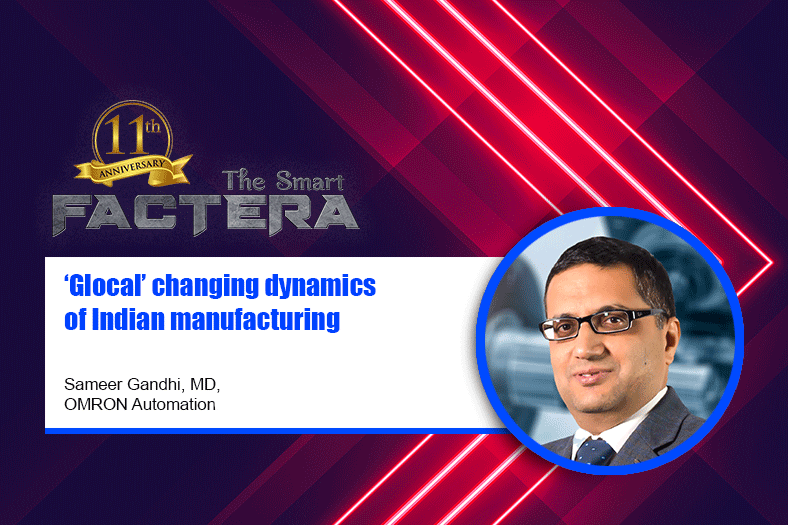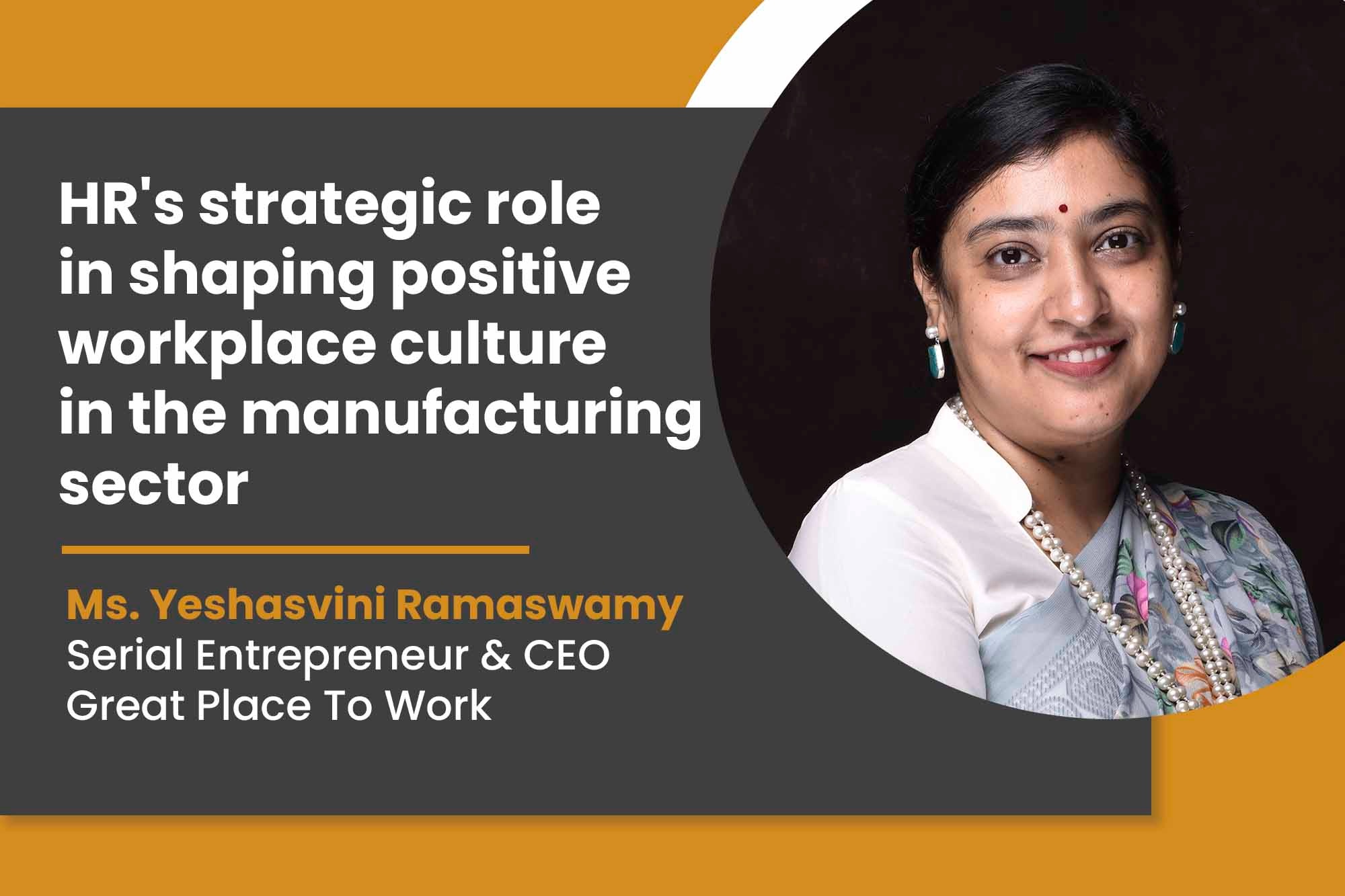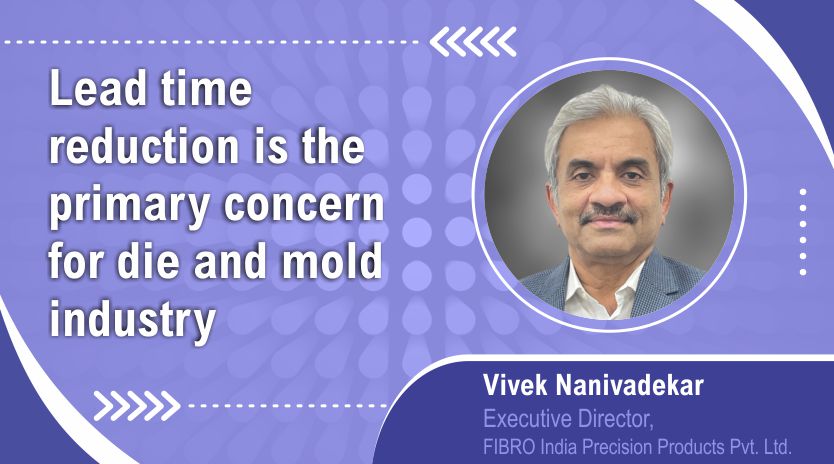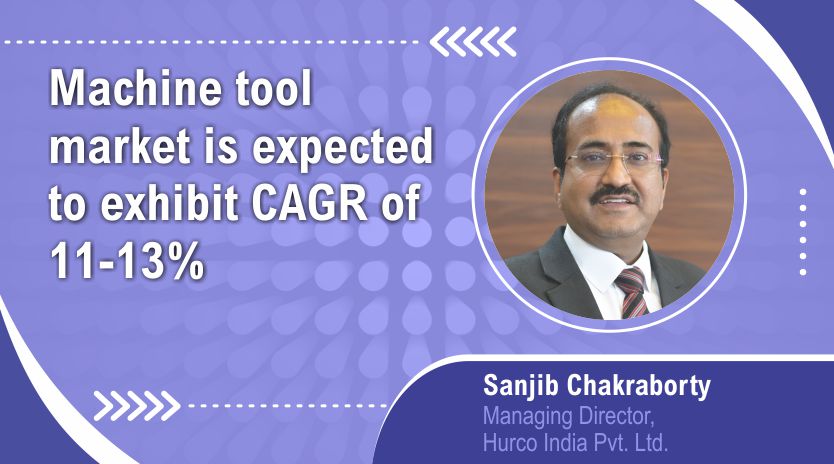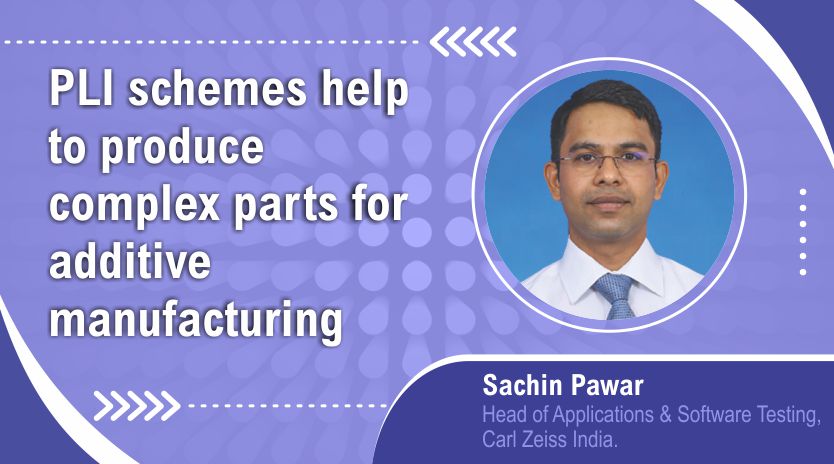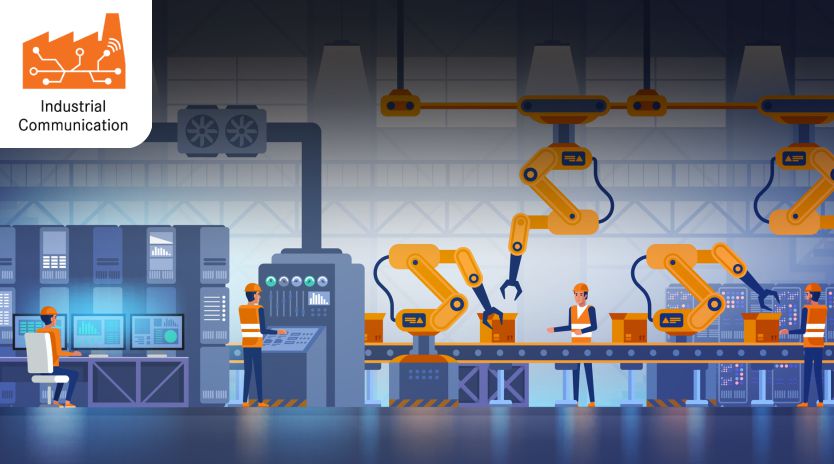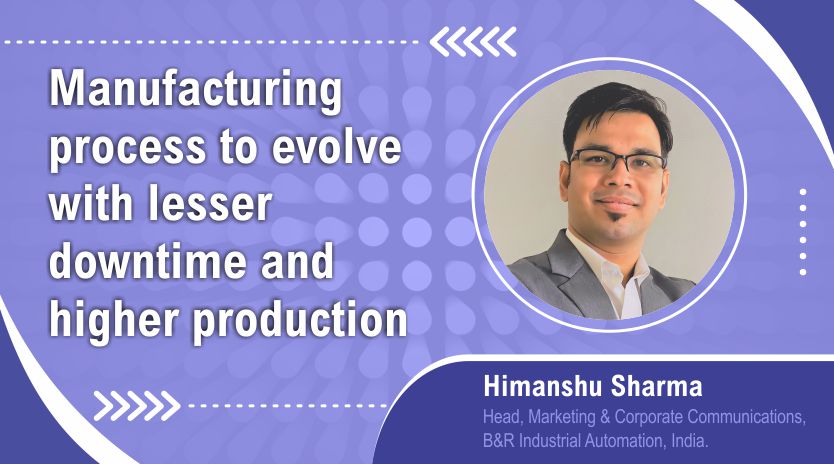‘Glocal’ changing dynamics of Indian manufacturing
By OEM Update Editorial June 10, 2020 12:43 pm IST
Technology is evolving rapidly and is also turning out to be a great leveller that can actually help MSMEs leapfrog and take on the larger and more established manufacturing set-ups with minimal investments.
Talking about how technology is leveraging investments in Indian MSMEs under the concept of Vocal for Local, Sameer Gandhi, MD, OMRON Automation, India explains that it’s important to embrace the right elements of digital transformation and move towards a Connected Enterprise for seamless manufacturing.
Adapting and complying with the conceptual requirement of smart factories
Driven by the aim of creating harmony between humans and machines, OMRON has been helping the makers across the country to become smarter via its unique ‘3-i’ concept. It stands for ‘intelligent’, ‘integrated’, and ‘interactive’ — the three core elements required to make a smarter and ‘connected shop floor’. Omron has the widest end-to-end solutions portfolio comprising smart sensors, robots, Cobots, vision, machine safety, PLCs, servos and drives, based on this concept. Empowered with this, we aim to contribute towards ‘enabling the manufacturers to make world-class in India’ by building solutions for Industry 4.0.
Steps for the adoption of smart factories by companies, including MSMEs
There is a step-by-step approach that should be followed while climbing the ladder of automation. It is not required to make a big one-time investment. However, what is required is to have a vision and a proper design in place before embarking on this step-by-step approach. Tying up with a reliable automation partner who has the capability to provide complete solutions comes helpful for the MSMEs in this.
Also, the technology is evolving rapidly and is hence also turning out to be a great leveller that can actually help the MSMEs leapfrog and take on the larger and more established manufacturing set-ups with minimal investments. For example, quality control by experienced operators (difficult for an MSME to retain) may be replaced more effectively by investment in a vision system. Automation can also allow the MSMEs to produce in small batches but with high productivity, allowing them to develop local niches for themselves. Possibilities are immense.
Machine learning (ML), artificial intelligence (AI), robotics, automation and big data for a Connected Enterprise
The OEMs are adopting these technologies and applications because they are keen to evolve and achieve significant values by becoming a Connected Enterprise, such as abilities to match global standards and create an advanced ecosystem where they score really high on timeliness, accuracy, reliability, and productivity.
The seamless interface between all machine layers and information technology based on real-time data-based production management enables the manufacturers to successfully cope up with three of their biggest challenges: reducing downtime, decreasing frequency of sudden failures, and improving changeover efficiency. For example, solutions based on Omron’s smart sensors, I/O link and PLCs that can communicate to the IT layer allow the production management systems or ERPs to access real-time production floor data to make better informed decisions. Diagnostic tools that can even run at the PLC level help to predict sensor health, leading to predictive maintenance.
In the robotics arena, some of the key implementations are in the field of Cobots and Autonomous Mobile Robots (AMR) for material and intermediate goods transport. We’ve one of the largest installed bases of AMRs that work as a fleet in a variety of manufacturing applications related to material movement. Robots are also emerging as one of the key parts of end-to-end traceability automation solutions. So, they no longer work as performing standalone tasks but rather as well-integrated elements into the entire automation scheme for the shop floor as part of the smart automation architecture.
Challenges faced by OEMs in the transition towards smart factories
Cost is something which continues to be one of the biggest deterrents and challenges followed by availability of skilled manpower. Looking at the whole picture created post COVID-19 and the way the dynamics are changing, they have to move towards the ‘Glocal’ phenomenon swiftly. So, it becomes imperative for them to give serious thought towards adopting and embracing the right elements of digital manufacturing if they wish to stay relevant in the industry in the long run. An end-to-end automation solution provider can play a great symbiotic role here.
Technological advancement in coming years with respect to smart manufacturing
This is a rapidly advancing field that will continue to see an acceleration of tighter integration of edge intelligence including AI, with more intuitive human-machine collaboration and data analytics. These technologies will help manufacturers achieve a batch size one production level together with unparalleled quality and traceability to ensure better end-customer satisfaction and assist operators collaboratively to free up human time for performing more creative tasks.
Cookie Consent
We use cookies to personalize your experience. By continuing to visit this website you agree to our Terms & Conditions, Privacy Policy and Cookie Policy.



